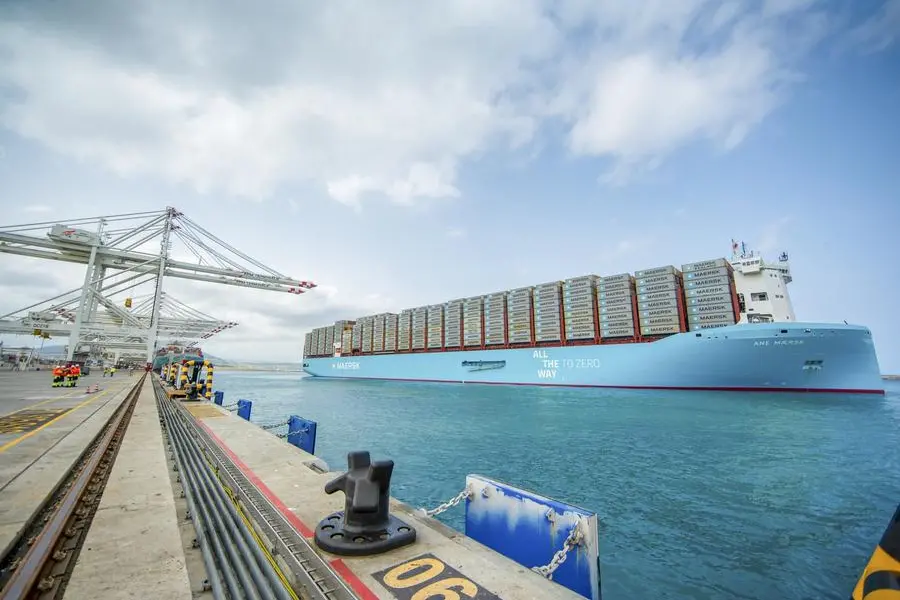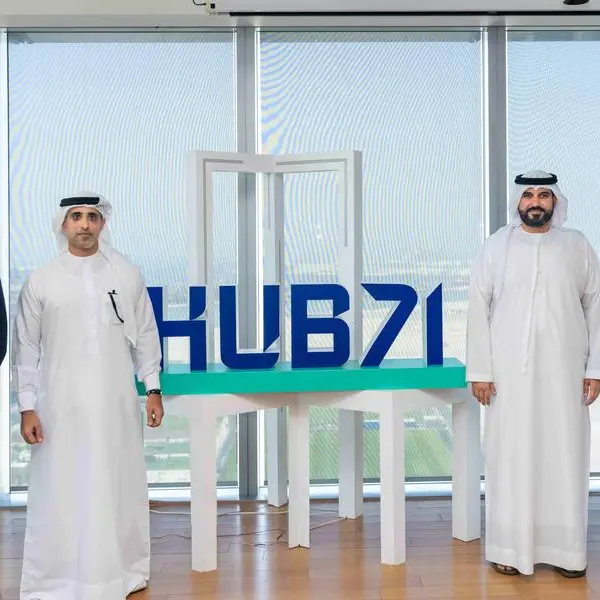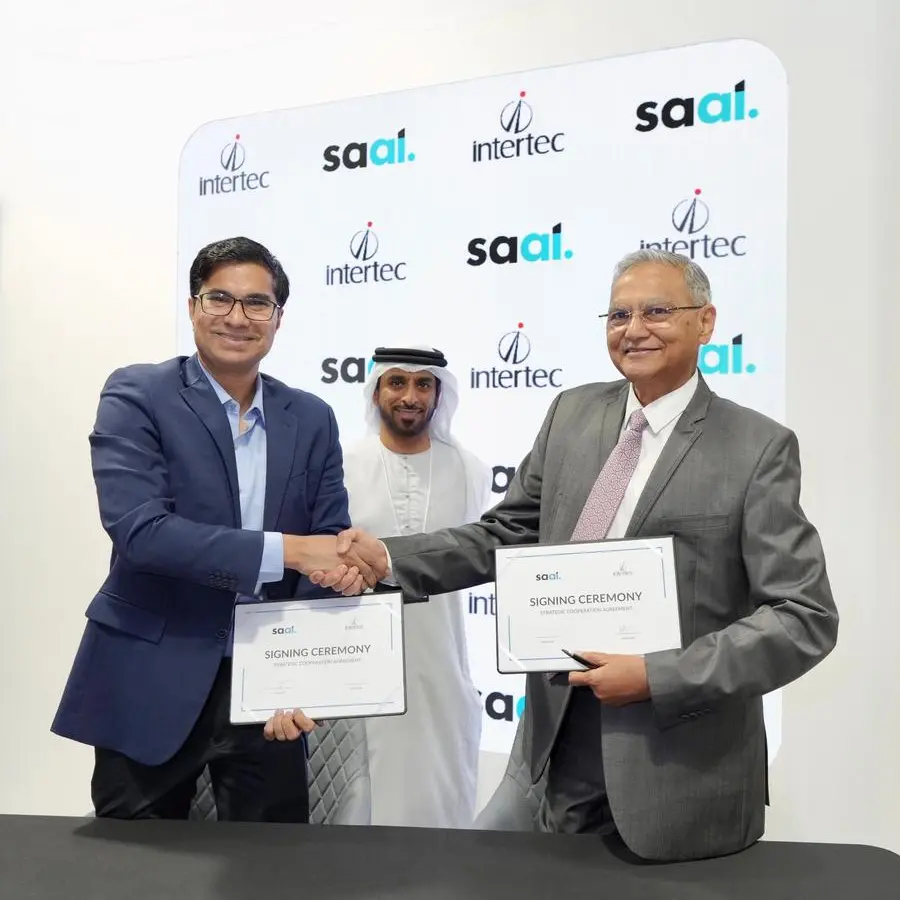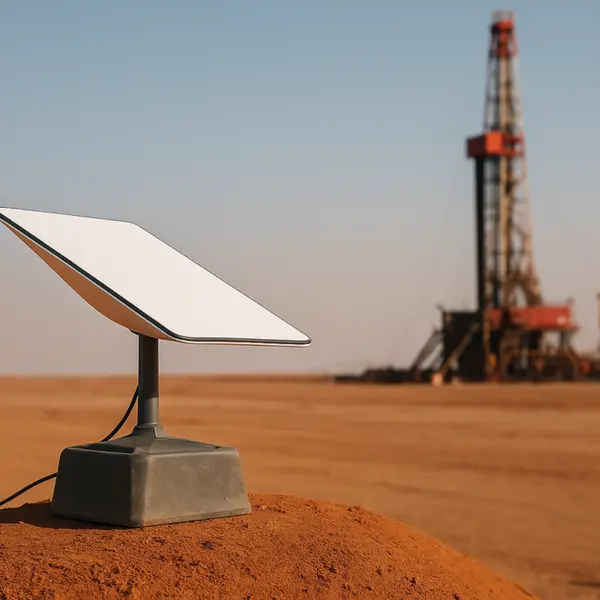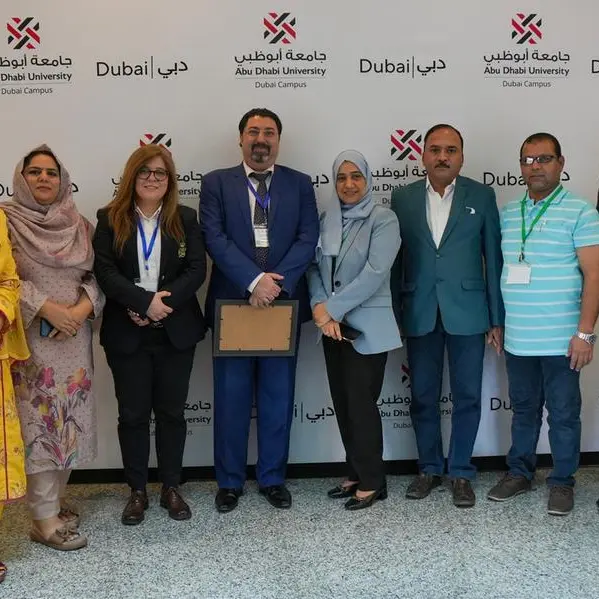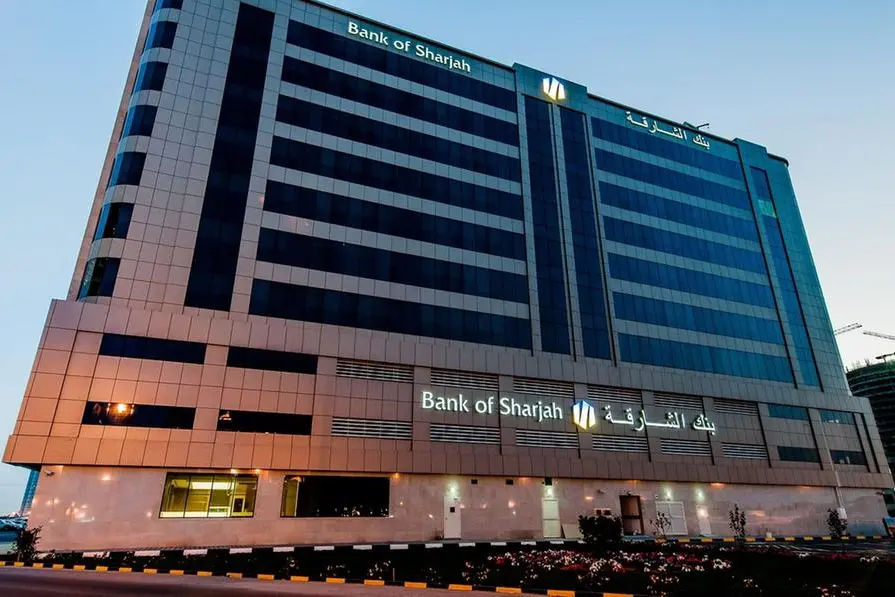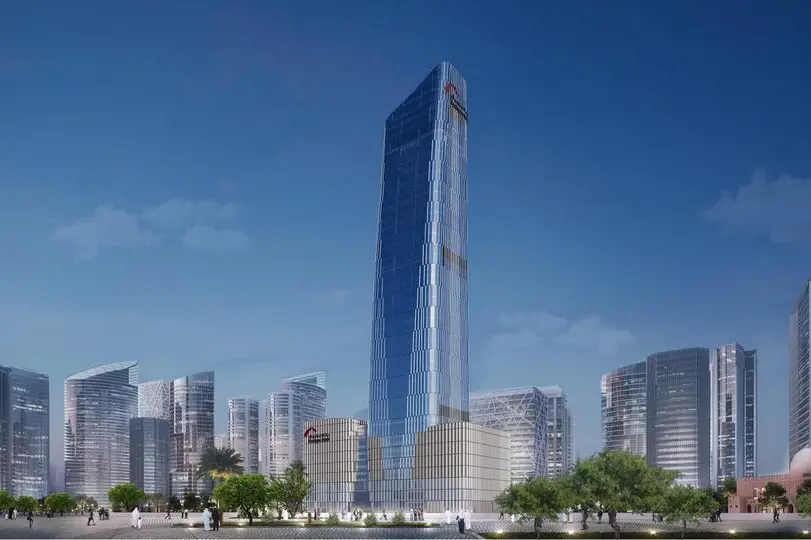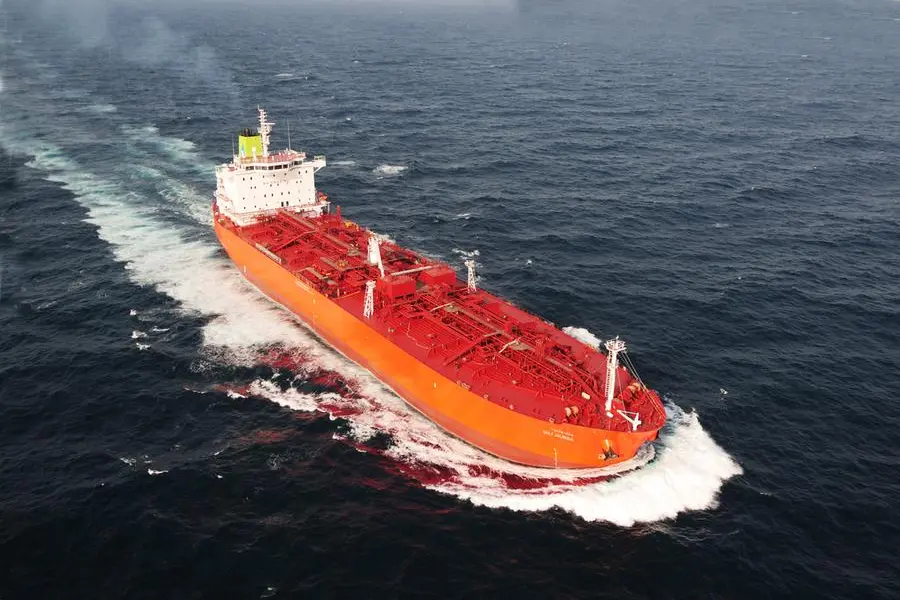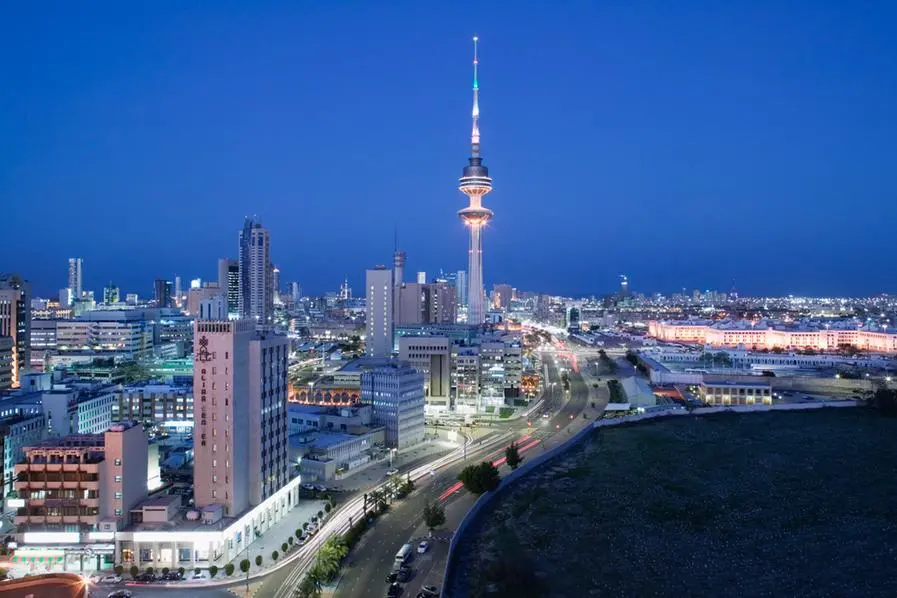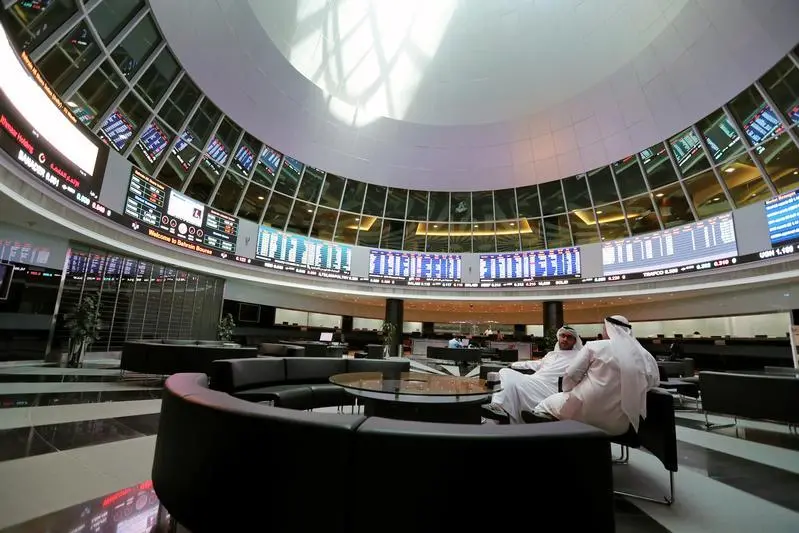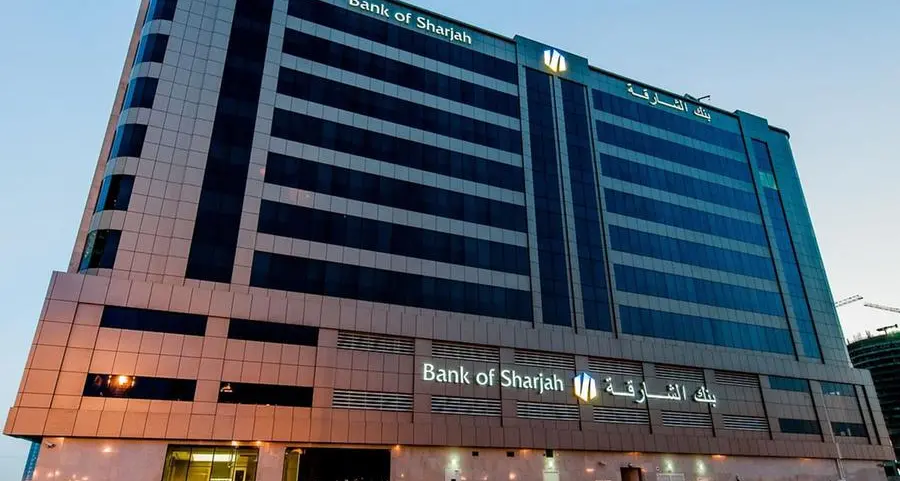PHOTO
Ane Maersk (20 March 2024) arriving at Tangier. Image Courtesy: A.P. Moller – Maersk
- The ambition is to deliver a flexible and interconnected ocean network with industry-leading schedule reliability above 90 percent once fully phased in.
Since the two companies unveiled the new long-term collaboration in January 2024, they have been working on finalising the details of the operational collaboration which covers a joint ocean freight network on East-West trades.
With around five months to launch, Maersk and Hapag-Lloyd are now ready to share an update covering finalised service maps and how the network has evolved since the announcement in January 2024. Additionally, the companies are also presenting an alternative Cape of Good Hope network due to the on-going disruptions in the Red Sea.
“Reliability, connectivity and sustainability are the keywords in the networks we are presenting today, and we are pleased that we now can give our customers full transparency about how we will deliver a best-in-class ocean network so they can begin planning despite a highly dynamic situation,” says Rolf Habben Jansen, CEO of Hapag-Lloyd.
In October 2024, the Gemini Cooperation will announce which network it expects to put to sea in February 2025.
“We are looking forward to the launch of our completely redesigned network next year, and we are happy to reconfirm that our schedule reliability target remains unchanged irrespective of which network we will phase in. We believe our collaboration will raise the bar for reliability to the benefit of our customers and set a new and very high standard in the industry,” says Vincent Clerc, CEO of Maersk.
Depending on which network the cooperation will phase in, the new network consists of either 27 or 29 efficient ocean mainliner services supported by an extensive network of 30 agile, intraregional shuttle services. The collaboration will comprise of either 300 or 340 vessels.
| FACTS ABOUT THE TWO NETWORKS | |
| Trans-Suez Network | Cape of Good Hope Network |
|
|
About A.P. Moller – Maersk
A.P. Moller - Maersk (Maersk) is an integrated logistics company working to connect and simplify its customers’ supply chains. As a global leader in logistics services, the company operates in more than 130 countries and employs around 100,000 people world-wide. Maersk has a fleet consisting of around 700 owned and chartered vessels with a total capacity of more than 4 million TEU. APM Terminals, an affiliate of Maersk, operates 60 ports and terminals across 33 countries under the APM Terminals brand or together with a joint venture partner. Maersk is aiming to reach net zero emissions by 2040 across the entire business with new technologies, new vessels, and low-emission fuels.
About Hapag-Lloyd
With a fleet of 287 modern container ships and a total transport capacity of 2.2 million TEU, Hapag-Lloyd is one of the world’s leading liner shipping companies. In the Liner Shipping segment, the Company has around 13,700 employees and 400 offices in 140 countries. Hapag-Lloyd has a container capacity of 3.2 million TEU – including one of the largest and most modern fleets of reefer containers. A total of 114 liner services worldwide ensure fast and reliable connections between more than 600 ports on all the continents. In the Terminal & Infrastructure segment, Hapag-Lloyd has equity stakes in 20 terminals in Europe, Latin America, the United States, India and North Africa. Around 2,900 employees are assigned to the Terminal & Infrastructure segment and provide complementary logistics services at selected locations in addition to the terminal activities.
Media Contacts
Maersk
Povl D. Rasmussen
Senior Media Relations Advisor
Povl.rasmussen@maersk.com
Hapag-Lloyd
Nils Haupt
Senior Director Corporate Communications
Nils.Haupt@hlag.com
Hanja Maria Richter
Corporate Communications Manager
HanjaMaria.Richter@hlag.com
